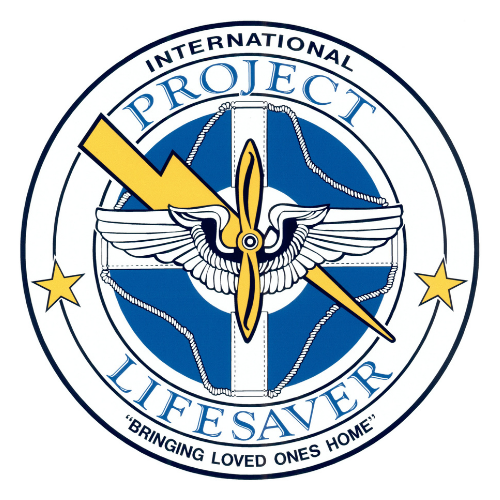
Since 1999, Project Lifesaver has had one thing in mind: protecting those that wander. Our program is specifically designed for those with conditions that lead to wandering, such as Autism, Alzheimer’s, Dementia, and many more. The program was structured in a way that strategically combines state of the art locating technologies, innovative search and rescue methods, and community policing courses that educate first responders about cognitive conditions. These practices allow for efficient and safe rescues when a loved one wanders away from their home or caregiver, while not being invasive. This gives caregivers and loved ones peace-of-mind and freedom. Unlike our competitors, we are a 501 (c)(3) nonprofit. We are a program, not a product. Project Lifesaver cares deeply for the special needs community and does not intend to make safety a matter of finances, location, or otherwise. This article serves to clear up some common misconceptions and questions about Project Lifesaver International.
Battery Life:
Project Lifesaver offers two kinds of transmitters, a 30 day and 60 day. This means the battery needs to be changed every 30 days or 60 days, with daily battery checks to ensure peak performance. We have not opted for a 6-month battery, as we believe a “set it and forget it” mentality leads to equipment malfunctions and missed community connections.
Reliability/Distance:
While it is true that the distance RF transmitters can be picked up is less than GPS, it is far more reliable when pinpointing the location of a missing individual. Dense materials, tall buildings, large/rough terrain, and large trees can block or reduce GPS signal strength and may make it impossible to determine a location.
Cost:
The Project Lifesaver program is often funded through grants, sponsorships, and donations. Through this, many of our agencies offer PLI bracelets to clients for free. If an agency decides to charge any fees, they are often minimal or a one-time fee. This is significantly less than our competitors, who implement annual contracts and recurring monthly fees.
Sensory Inclusivity:
At Project Lifesaver, we strive to be aware and inclusive of sensory needs. That is why we offer different band sizes, materials, and textures. These are worn 24/7, except when taken off by a public safety official to change the battery. Constant wear allows for the individual to become accustomed to the feeling of the bracelet.
Public Safety Involvement:
Public safety agencies should be specially trained to interact with individuals with cognitive conditions. Doing so provides public safety agencies with the added knowledge to have positive and safe encounters. Products that omit this vital part are placing an unnecessary barrier between public safety agencies and the communities they serve.
To summarize, Project Lifesaver is a program, not a product, that uses time-tested radio frequency technology to provide families peace-of-mind that their loved ones can be found if they wander. By implementing community involvement, public safety agencies, and specific training, Project Lifesaver will continue to bring loved ones home.
# # #
